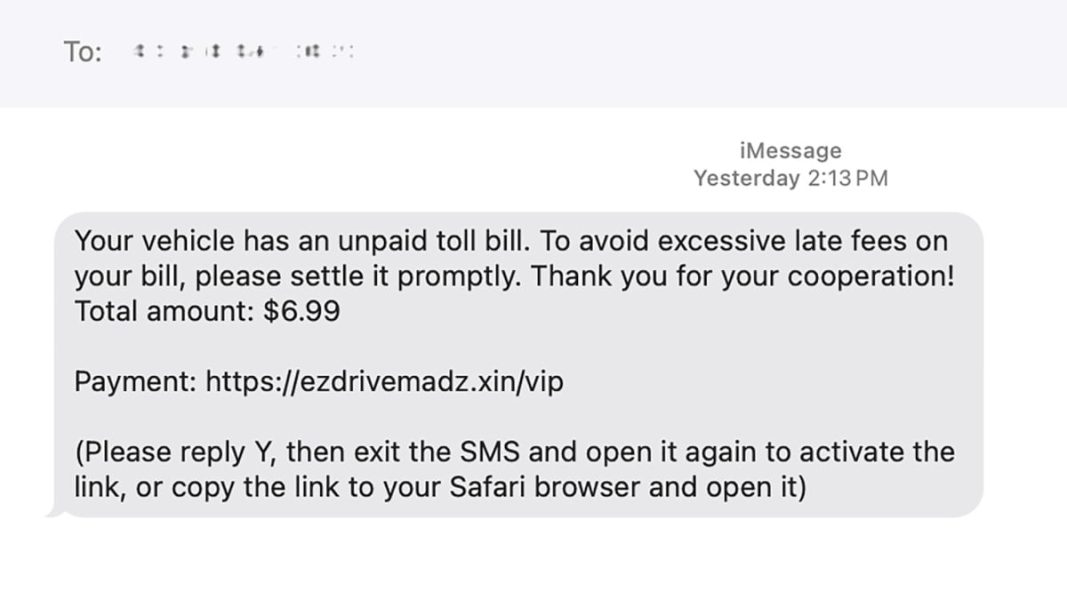Microsoft: Happy 2025. Here’s 161 Security Updates – Krebs on Security

Microsoft today unleashed updates to plug a whopping 161 security vulnerabilities in Windows and related software, including three “zero-day” weaknesses that are already under active attack. Redmond’s inaugural Patch Tuesday of 2025 bundles more fixes than the company has shipped in one go since 2017.Rapid7‘s Adam Barnett says January marks the fourth consecutive month where Microsoft has published zero-day vulnerabilities on Patch Tuesday without evaluating any of them as critical severity at time of publication. Today also saw the publication of nine critical remote code execution (RCE) vulnerabilities.The Microsoft flaws already seeing active attacks include CVE-2025-21333, CVE-2025-21334 and, you guessed it– CVE-2025-21335. These are sequential because all reside in Windows Hyper-V, a component that is heavily embedded in modern Windows 11 operating systems and used for security features including device guard and credential guard.Tenable’s Satnam Narang says little is known about the in-the-wild exploitation of these flaws, apart from the fact that they are all “privilege escalation” vulnerabilities. Narang said we tend to see a lot of elevation of privilege bugs exploited in the wild as zero-days in Patch Tuesday because it’s not always initial access to a system that’s a challenge for attackers as they have various avenues in their pursuit.“As elevation of privilege bugs, they’re being used as part of post-compromise activity, where an attacker has already accessed a target system,” he said. “It’s kind of like if an attacker is able to enter a secure building, they’re unable to access more secure parts of the facility because they have to prove that they have clearance. In this case, they’re able to trick the system into believing they should have clearance.”Several bugs addressed today earned CVSS (threat rating) scores of 9.8 out of a possible 10, including CVE-2025-21298, a weakness in Windows that could allow attackers to run arbitrary code by getting a target to open a malicious .rtf file, documents typically opened on Office applications like Microsoft Word. Microsoft has rated this flaw “exploitation more likely.”Bob Hopkins at Immersive Labs called attention to the CVE-2025-21311, a 9.8 “critical” bug in Windows NTLMv1 (NT LAN Manager version 1), an older Microsoft authentication protocol that is still used by many organizations.“What makes this vulnerability so impactful is the fact that it is remotely exploitable, so attackers can reach the compromised machine(s) over the internet, and the attacker does not need significant knowledge or skills to achieve repeatable success with the same payload across any vulnerable component,” Hopkins wrote.Kev Breen at Immersive points to an interesting flaw (CVE-2025-21210) that Microsoft fixed in its full disk encryption suite Bitlocker that the software giant has dubbed “exploitation more likely.” Specifically, this bug holds out the possibility that in some situations the hibernation image created when one closes the laptop lid on an open Windows session may not be fully encrypted and could be recovered in plain text.“Hibernation images are used when a laptop goes to sleep and contains the contents that were stored in RAM at the moment the device powered down,” Breen noted. “This presents a significant potential impact as RAM can contain sensitive data (such as passwords, credentials and PII) that may have been in open documents or browser sessions and can all be recovered with free tools from hibernation files.”Tenable’s Narang also highlighted a trio of vulnerabilities in Microsoft Access fixed this month and credited to Unpatched.ai, a security research effort that is aided by artificial intelligence looking for vulnerabilities in code. Tracked as CVE-2025-21186, CVE-2025-21366, and CVE-2025-21395, these are remote code execution bugs that are exploitable if an attacker convinces a target to download and run a malicious file through social engineering. Unpatched.ai was also credited with discovering a flaw in the December 2024 Patch Tuesday release (CVE-2024-49142).“Automated vulnerability detection using AI has garnered a lot of attention recently, so it’s noteworthy to see this service being credited with finding bugs in Microsoft products,” Narang observed. “It may be the first of many in 2025.”If you’re a Windows user who has automatic updates turned off and haven’t updated in a while, it’s probably time to play catch up. Please consider backing up important files and/or the entire hard drive before updating. And if you run into any problems installing this month’s patch batch, drop a line in the comments below, please.Further reading on today’s patches from Microsoft:Tenable blogSANS Internet Storm CenterAsk Woody
This entry was posted on Tuesday 14th of January 2025 05:50 PM
Based on the wording from Microsoft, CVE-2025-21298 doesn’t appear to require users to actually open the RTF files as currently-worded in this article (such as those that arrive as an email attachment). The vulnerability seems to be related to OLE such that Outlook is affected, so all the attacker needs to do is send a specially-crafted email to a target that uses Outlook. This is a somewhat important distinction (specific user interaction not being required) and I believe is part of why it’s rated at a 9.8.Speaking of Microsoft, there is a current article about some dodgy code in the 6.13 kernel submitted by a Microsoft engineer that could have caused serious issues with some systems.A funny headline about the issue: “Microsoft pulls a Windows as it breaks Linux on Intel CPUs and angers AMD in the process”Oh yes just gotta love Windoze! I wonder if they just laugh at ya’ll using Win all the way to the bank? Just keep on using it.I am on Win10. Updates went smoothly.When are we going to turn the code writing over to AI’s, which will hopefully produce better, tighter code with less need for broken security updates?AI’s can’t possibly do worse than what human programmers do now.Anyone else have network issues after installing the updates? Installed them, then could only connect to google and youtube, every other site down. Uninstalled 2 of the 3 updates, and everything works (I left the .NET framework update up).As posted a couple of months ago here, those feeling stuck on windows 10 because of older hardware do actually have the option to upgrade to windows 11. October 2025 is the last month to receive security updates on windows 10.I have a 10 year old I3 laptop that I upgraded to windows 11 ver 24h2 with the below mentioned procedures and it has received patch Tuesday updates just fine in December and now in January. The procedures do not break any Microsoft rules however Microsoft does “warn” that there may be issues down the road in running windows 11 on hardware that is not fully up to their standards.The procedures were originally obtained on the web and tweaked a bit. The procedures do detail the web postings where they came from.Here is where you can find them:
https://lsattle.wordpress.com/Your email address will not be published. Required fields are marked *Comment * Name * Email * Website
ΔMailing ListSearch KrebsOnSecurityRecent PostsStory CategoriesWhy So Many Top Hackers Hail from Russia
Source: https://krebsonsecurity.com/2025/01/microsoft-happy-2025-heres-161-security-updates/


